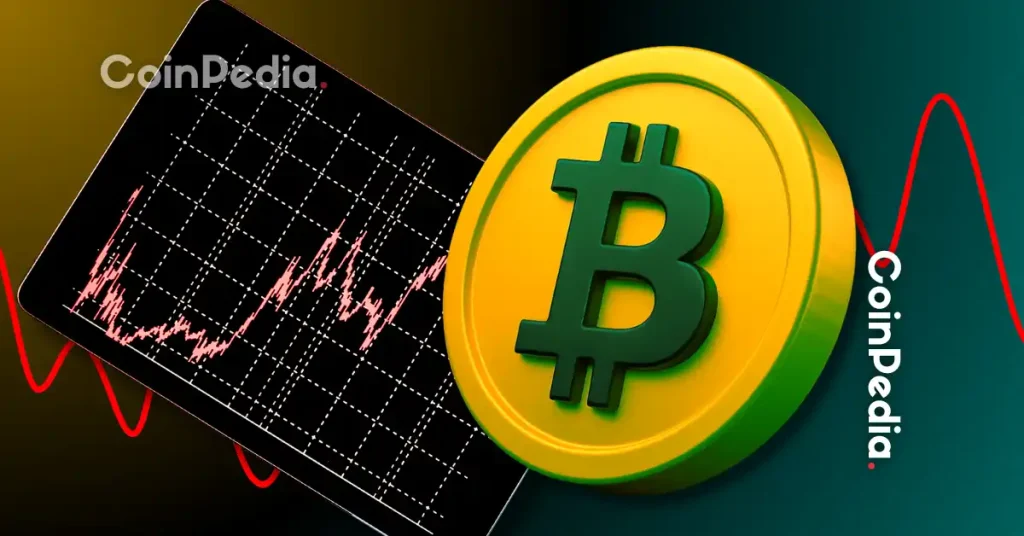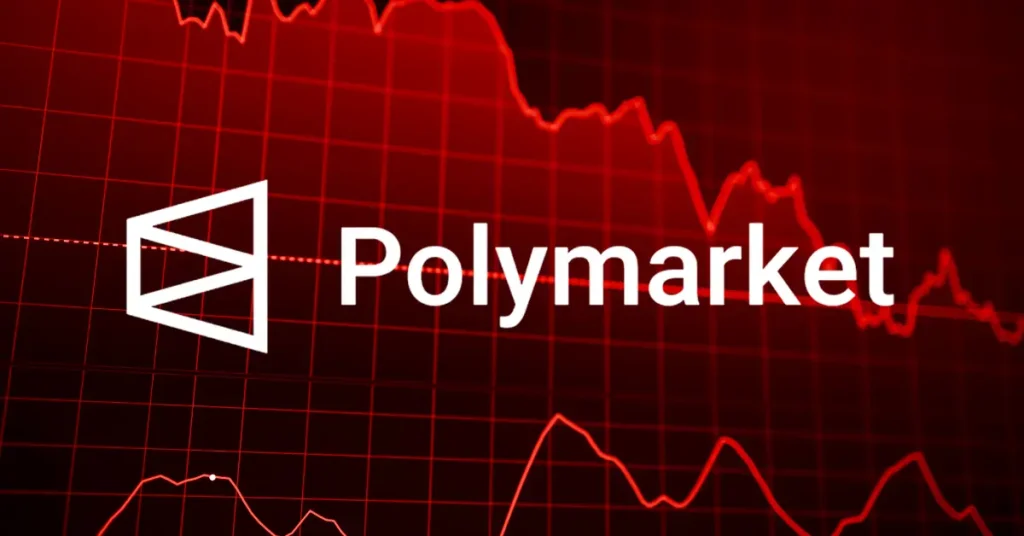
Powered by

Every week, IntoTheBlock brings you on-chain analysis of top news stories in the crypto space. Leveraging blockchain’s public nature, IntoTheBlock’s machine learning algorithms extract key data that provide a deeper dive into the major developments in the industry.
This week, we cover Bitcoin’s most recent all-time high, and how it has been propelled by several previous all-time highs in other key metrics. On the other hand, we dive into the expiration of Uniswap’s UNI liquidity mining rewards and its on-chain implications.
Bitcoin’s Market Cap Sets New All-Time High
Bitcoin has been unstoppable the last few months (years?). The first cryptocurrency has appreciated by approximately 80% since September with its market capitalization reaching new highs as its price surpasses $18,000.
While its price still has not reached its 2017 high of $20,000, Bitcoin’s market capitalization has managed to surpass previous highs, since there are roughly 2 million more Bitcoin in circulation at the moment. (Recall that market cap equals price times circulating supply).
The remarkable price run has led the global market capitalization of all cryptocurrencies to surpass $500 billion for the first time since December 2017, with Bitcoin making up nearly two thirds based on CoinMarketCap data. This also led Bitcoin to become the number one trending topic in Twitter in the United States.
While reaching a new market cap all-time high is certainly a milestone for Bitcoin, several key on-chain indicators have been hitting all-time highs long before this. Firstly, the total number of addresses holding Bitcoin has been reaching new highs since 2019.
The number of addresses holding Bitcoin is a decent approximation of the total number of people holding it. Users may have more than one Bitcoin address, but at the same time, several people use trusted custodians such as Grayscale or centralized exchanges, which hold multiple people’s Bitcoin per address — meaning the metric roughly adds up. The increasing number of addresses holding point to network adoption trending bullish for the last year.
Similarly, Bitcoin’s hash rate has been continuously setting new all-time highs, but in this case even more frequently. The 2018-19 bear market did not stop miners from contributing more power to Bitcoin, with the hash rate steadily increasing. This is partly due to improved ASIC-mining equipment, but also a result of greater miner participation.
Even the Bitcoin halving in May 2020 — which decreased miner rewards by 50% — did not have a long-term impact on Bitcoin’s hash rate. The hast rate most recently hit another all-time high of over 150 million terahashes on Nov. 9. This represents an increase of more than 10x since Bitcoin’s price current all-time high in 2017. The growing hash rate has cemented Bitcoin’s security, effectively protecting the network against potential attacks.
Finally, by looking at the age distribution of Bitcoin’s unspent transaction outputs (UTXOs), it is evident that there are more long-term holders than ever before. To clarify, UTXO age simply measures the amount of time that has passed since these Bitcoin have been transferred. As shown with the green and blue waves, the percentage of addresses holding for over a year has been steadily growing since mid-2018.
At the time of writing, over 60% of all Bitcoin in circulation has been held for at least one year. The unwillingness to sell inspired by Bitcoin’s hodling theme has propelled its status as a store of value. This behavior shows that a growing number of people have been treating Bitcoin as a long-term investment for the last couple of years.
All of these trends have helped push Bitcoin forward in its latest move. While all of these milestones are certainly appreciated by holders, all eyes are still set on the coveted $20,000 mark.
Uniswap’s Liquidity Mining End Welcome by Competing DEXes
The largest decentralized exchange (DEX) Uniswap recently finalized its liquidity mining rewards. For two months, liquidity providers had been receiving rewards with the UNI native token for supplying liquidity to the protocol. Since the UNI incentive came to an end, Uniswap’s liquidity dropped by approximately 50%.
Uniswap’s competition, as shown in the right graph, benefitted from the expiration in UNI rewards, with value locked in other DEXes climbing quickly. Specifically, SushiSwap has been the biggest benefactor, with its liquidity increasing by 230% relative to a month ago. Meanwhile, Bancor, Balancer and Curve saw monthly increases of 127%, 15% and 2%, respectively. The sudden shift in liquidity highlights the yield-seeking fickle nature of the DeFi space.
While Uniswap continues to have higher liquidity overall than SushiSwap, the latter has dethroned the former with the most liquid trading pair out of all DEXes. At the time of writing, the USDC-ETH pair in SushiSwap has the highest liquidity (right chart below).
The chart above also shows that while liquidity providers quickly reallocate capital based on expected yields, traders do not switch as easily. The top five most traded pairs across DEXes were still in Uniswap, even for the less-liquid USDC-ETH pair.
Despite the crash in liquidity in Uniswap, UNI’s price continued to grow. Along with this, UNI has seen an increasing number of holders even after the liquidity mining rewards came to an end.
The growth in holders point to the strong community and belief Uniswap has fostered, despite the drop in the protocol’s liquidity. Overall, liquidity mining has been shown to boost short-term metrics for Uniswap, but may have also pushed longer-term adoption from traders and holders.
This article contains links to third-party websites or other content for information purposes only (“Third-Party Sites”). The Third-Party Sites are not under the control of CoinMarketCap, and CoinMarketCap is not responsible for the content of any Third-Party Site, including without limitation any link contained in a Third-Party Site, or any changes or updates to a Third-Party Site. CoinMarketCap is providing these links to you only as a convenience, and the inclusion of any link does not imply endorsement, approval or recommendation by CoinMarketCap of the site or any association with its operators.
This article is intended to be used and must be used for informational purposes only. It is important to do your own research and analysis before making any material decisions related to any of the products or services described. This article is not intended as, and shall not be construed as, financial advice.
The views and opinions expressed in this article are the author’s own and do not necessarily reflect those of CoinMarketCap.
The post Bitcoin’s All-Time Highs & the End to Uniswap’s UNI Mining: A Data Perspective by IntoTheBlock appeared first on CoinMarketCap Blog.

 4 years ago
326
4 years ago
326














 English (US) ·
English (US) ·